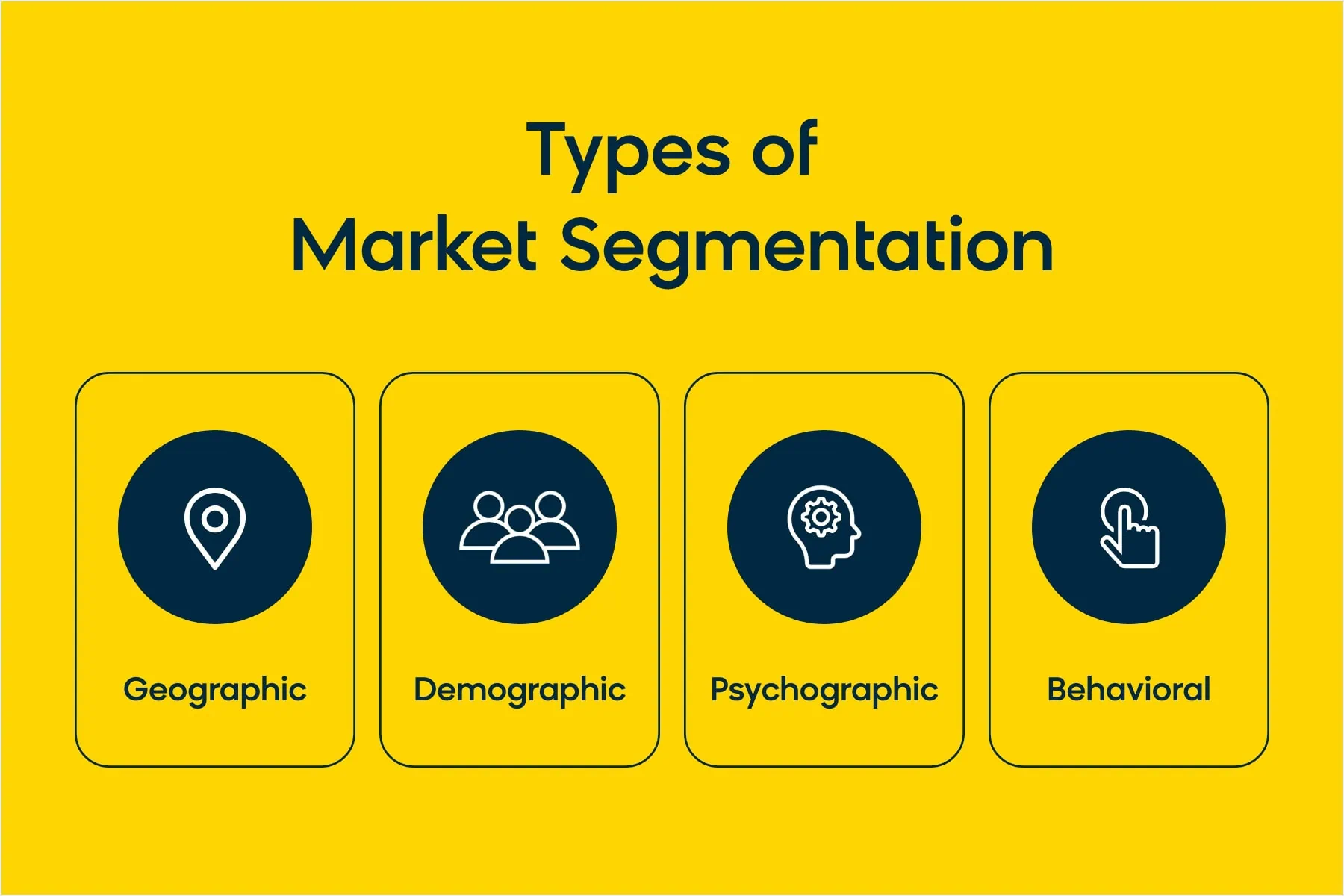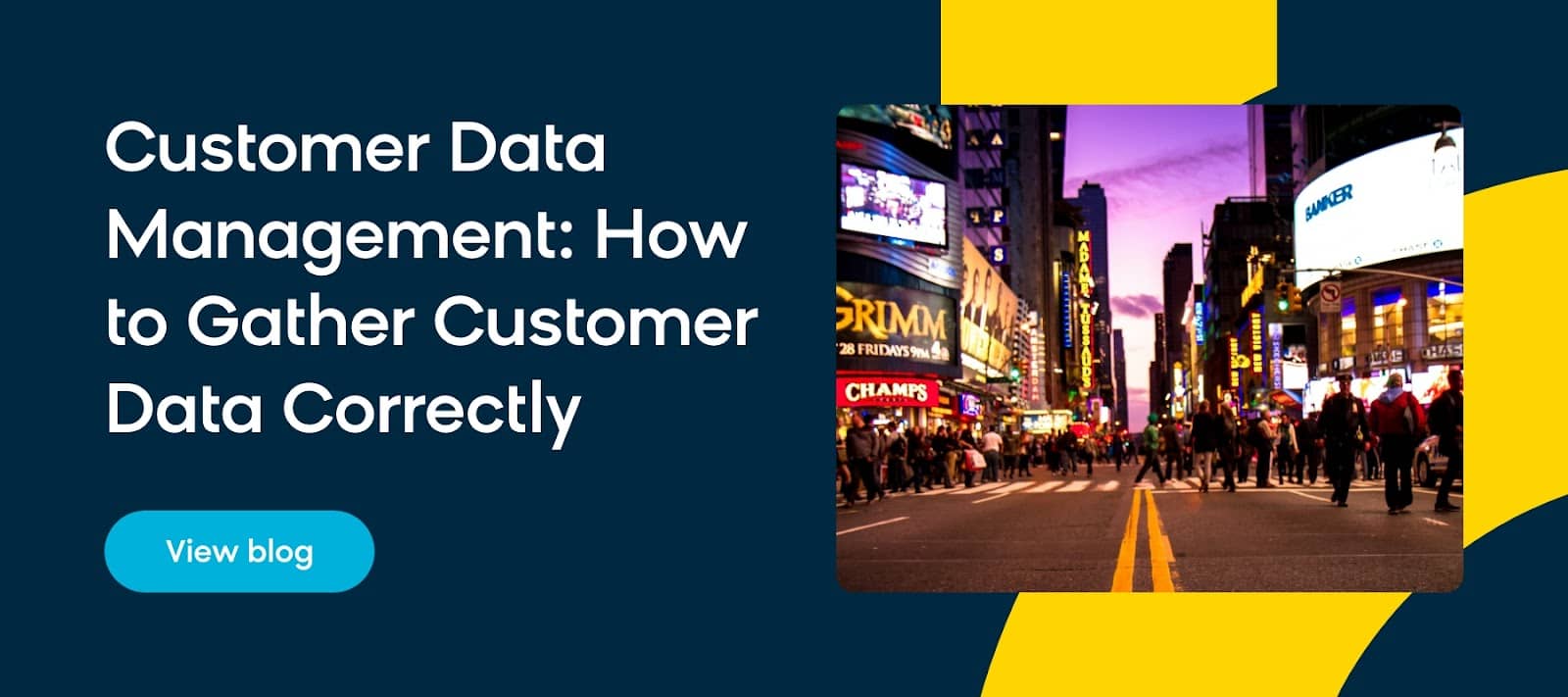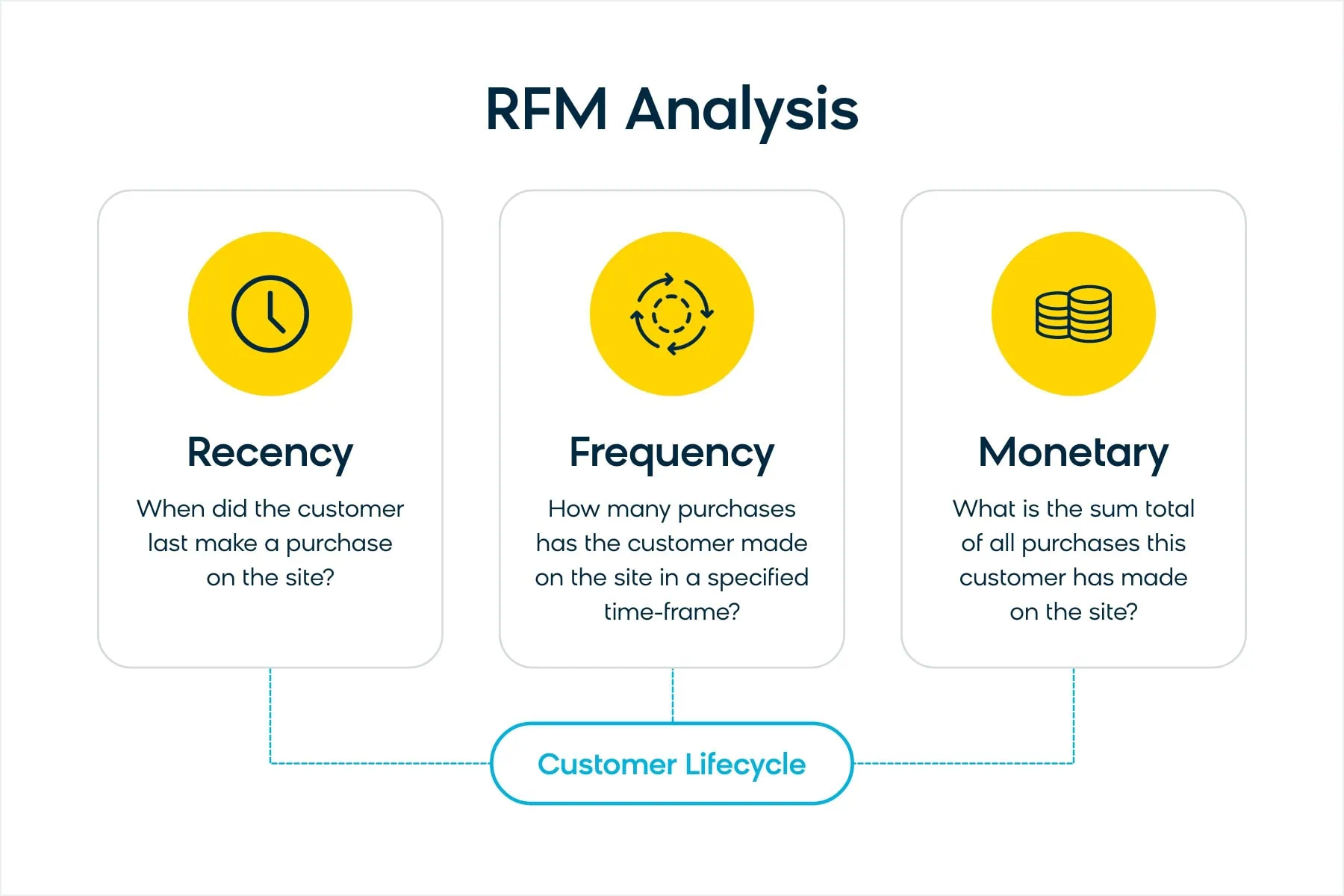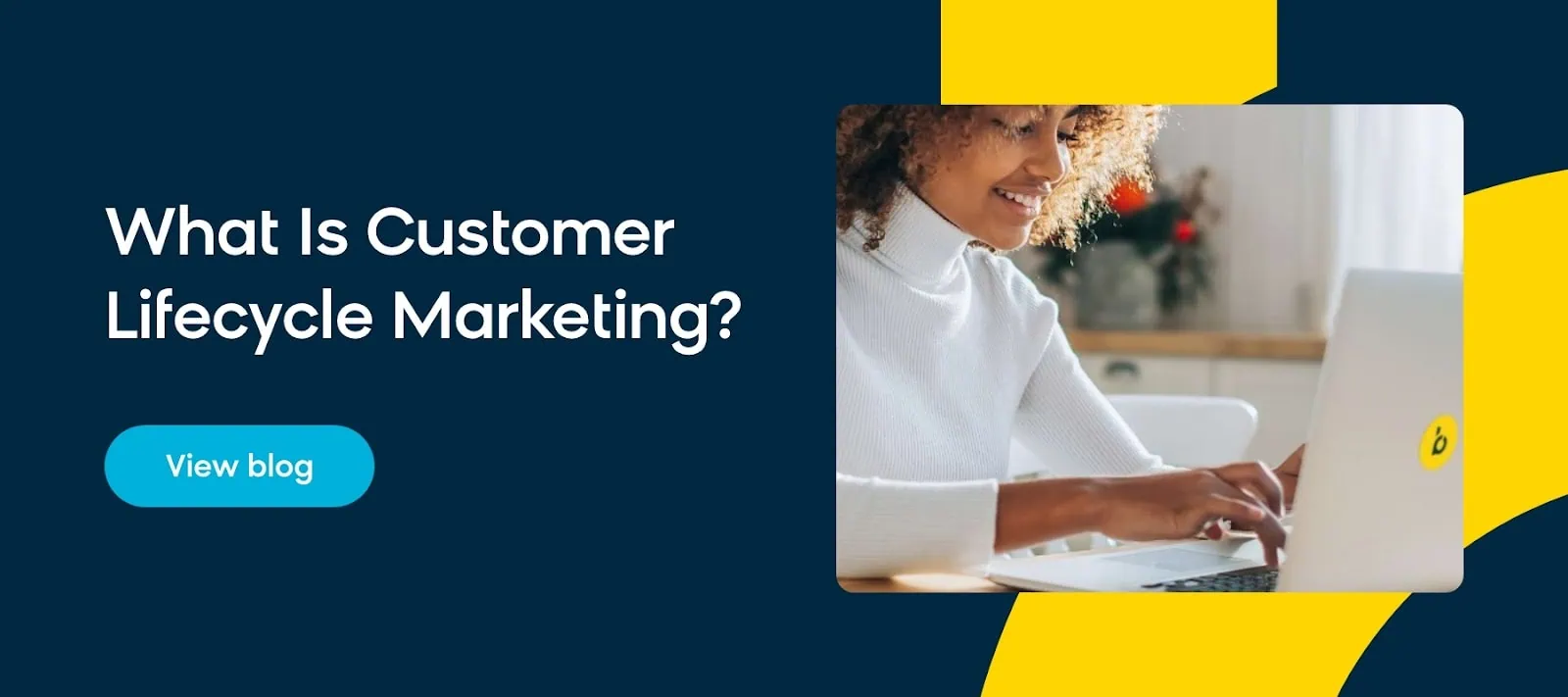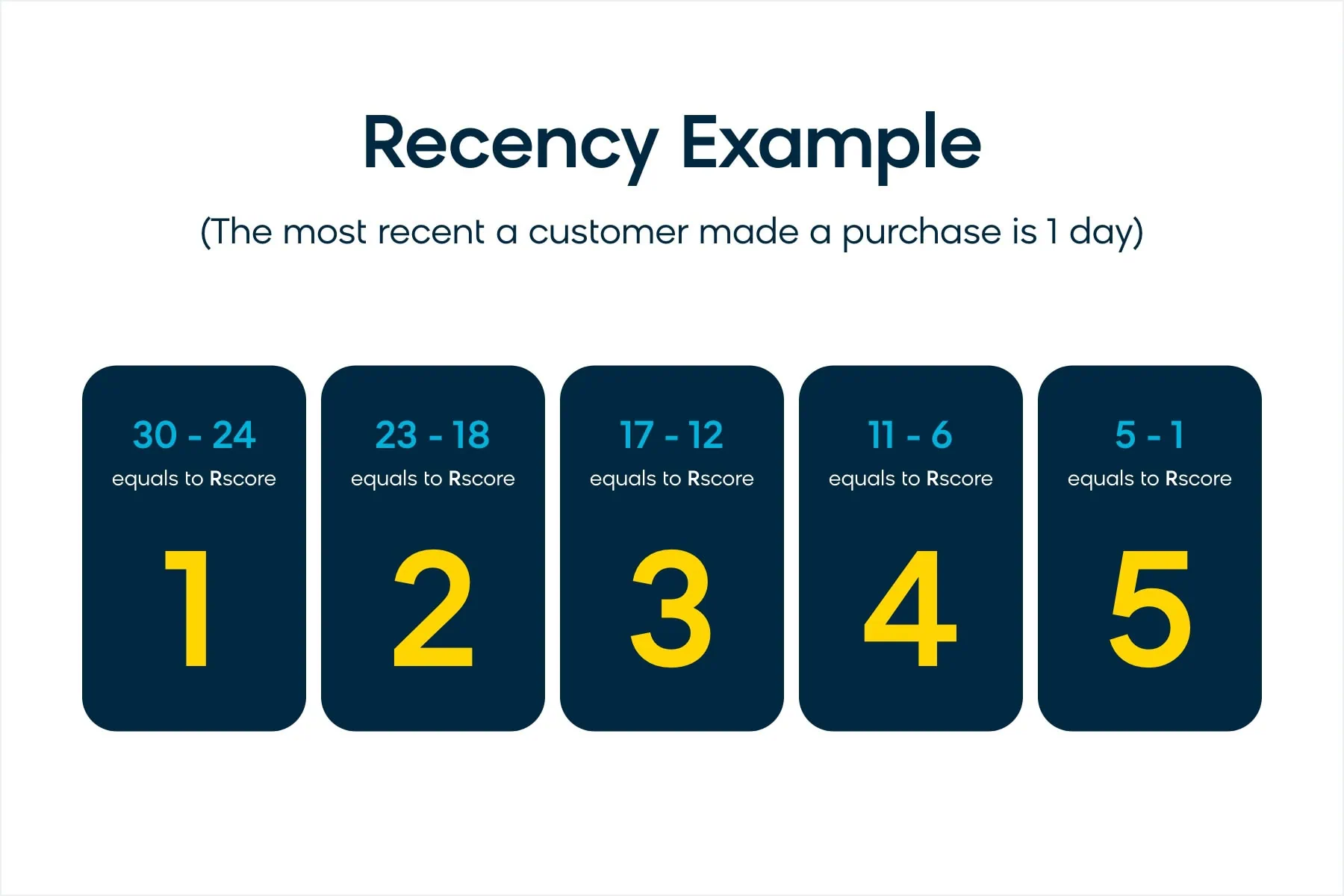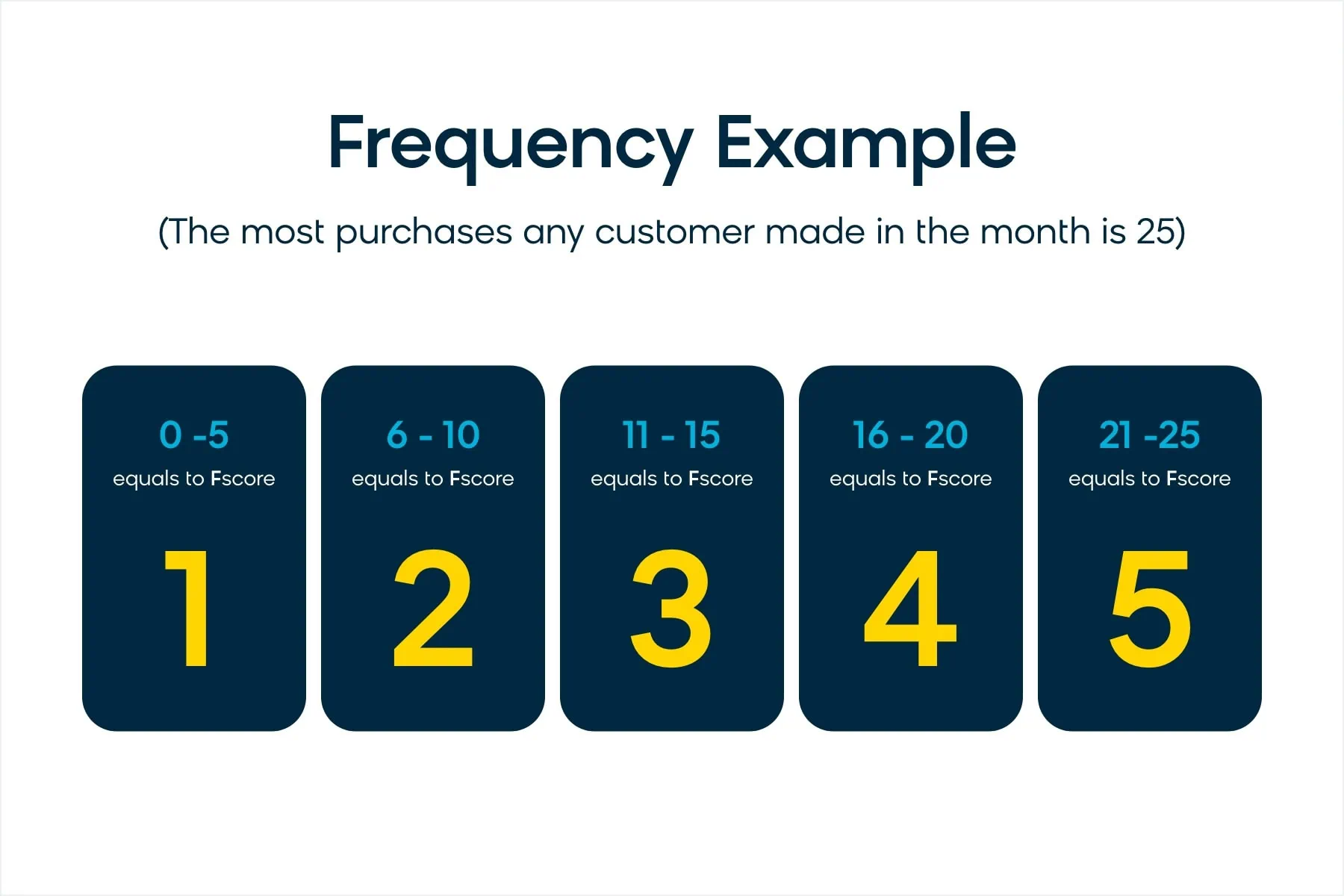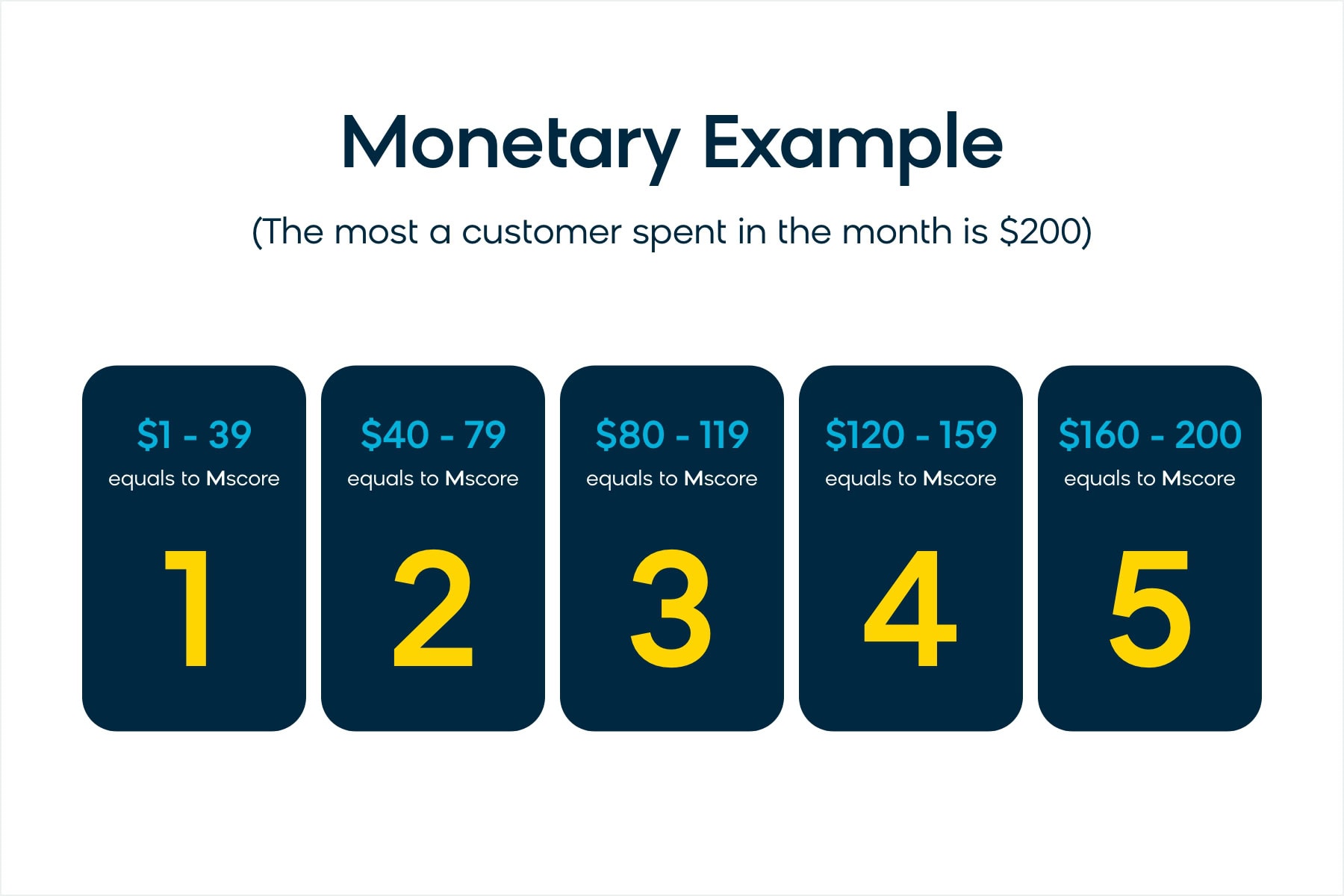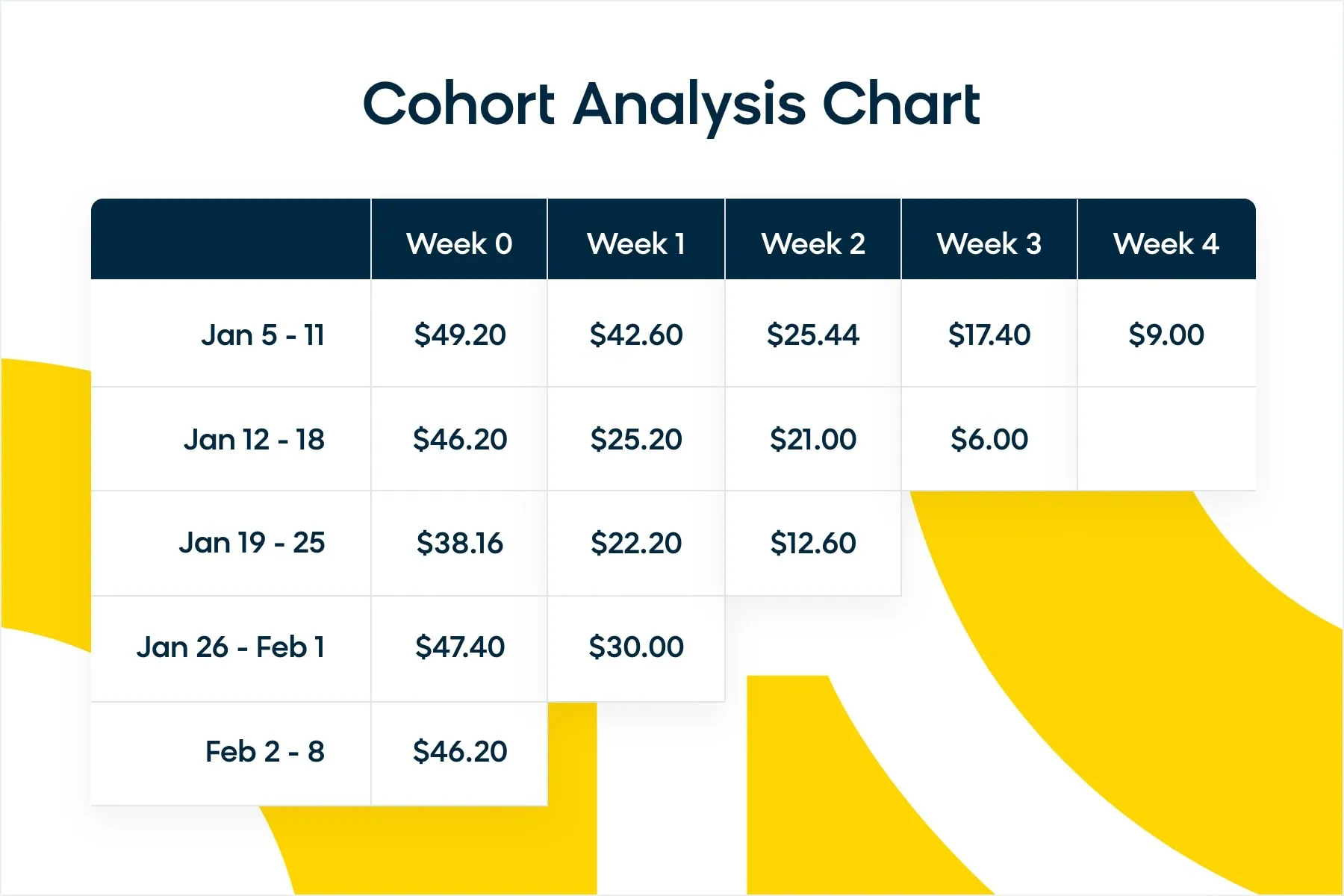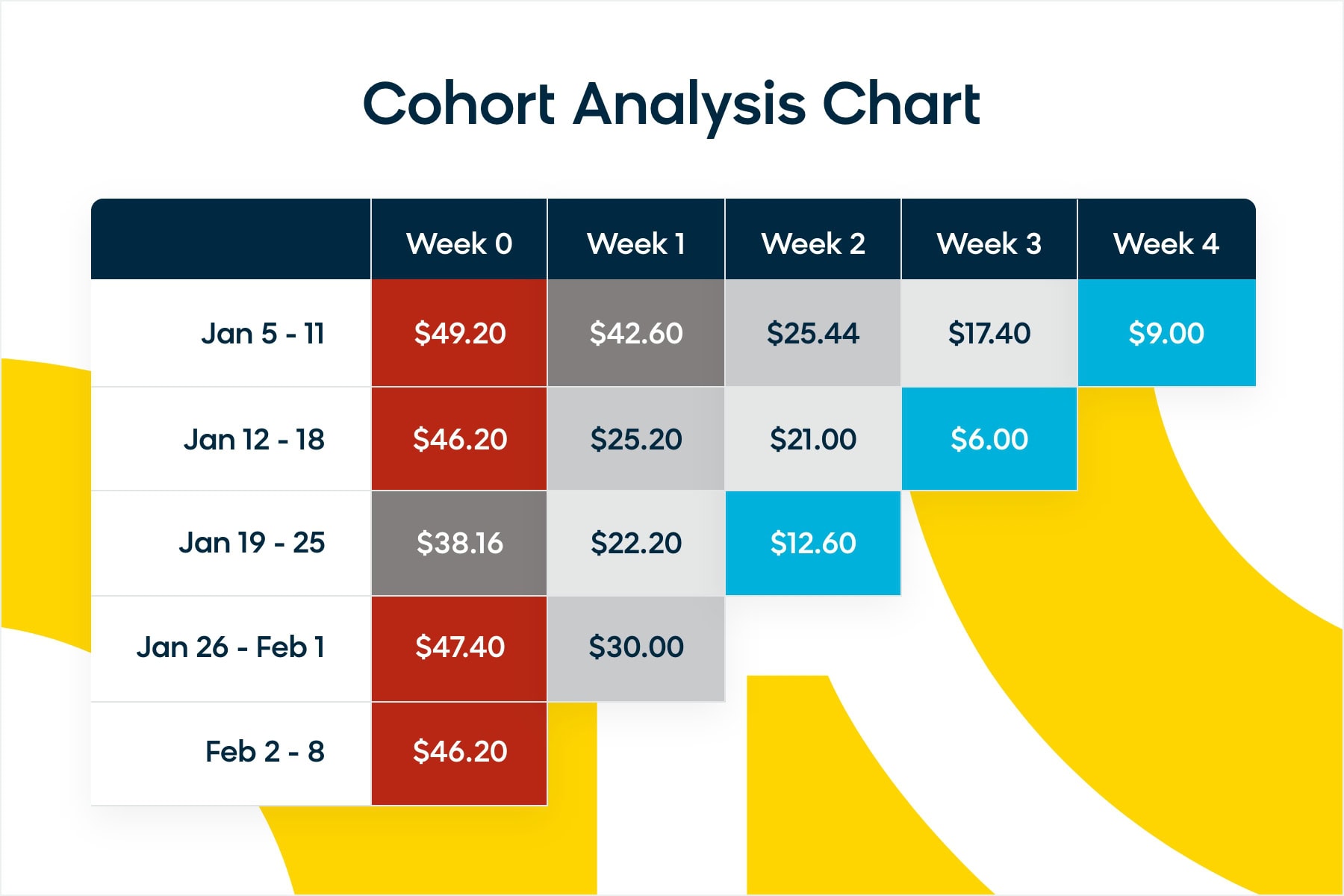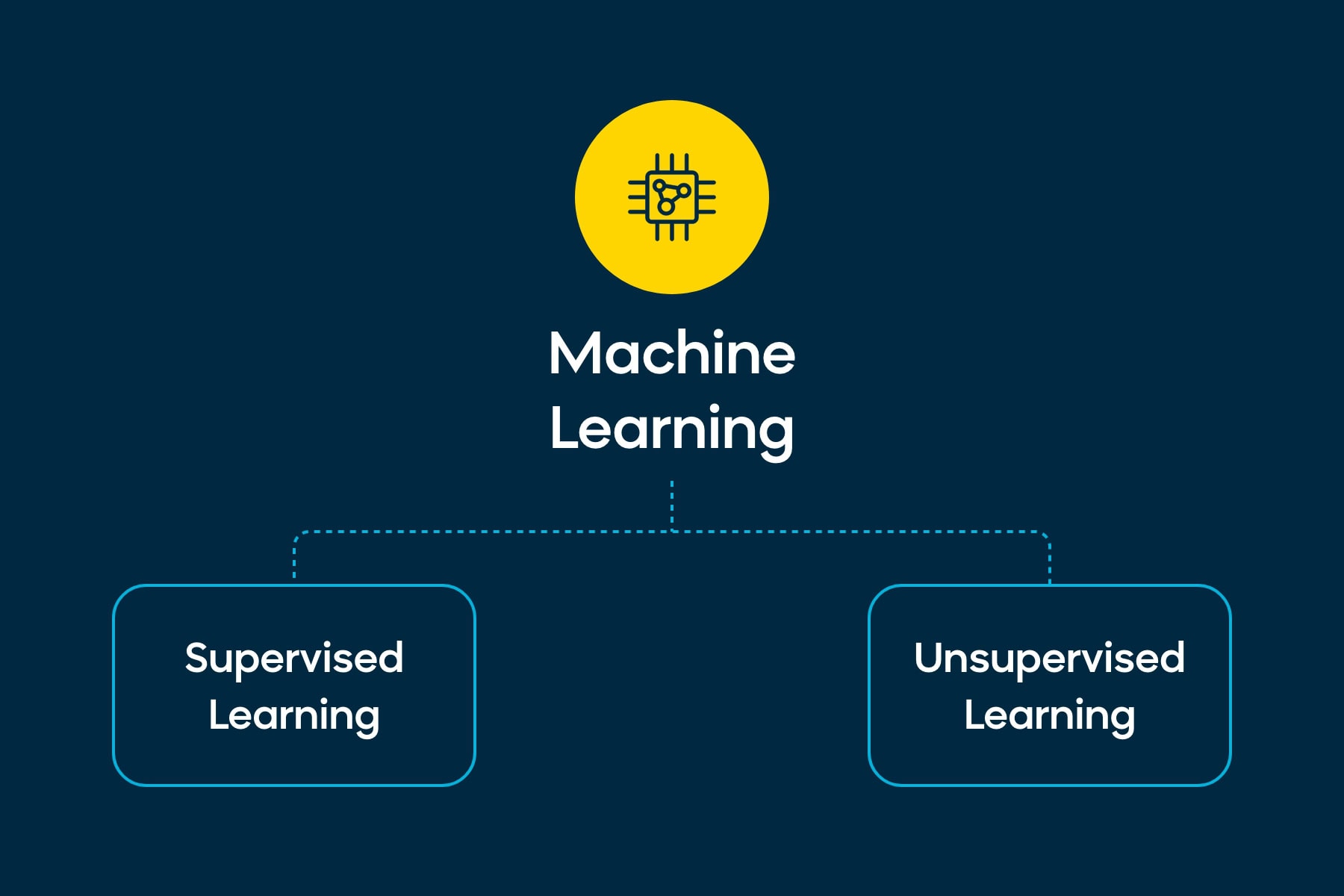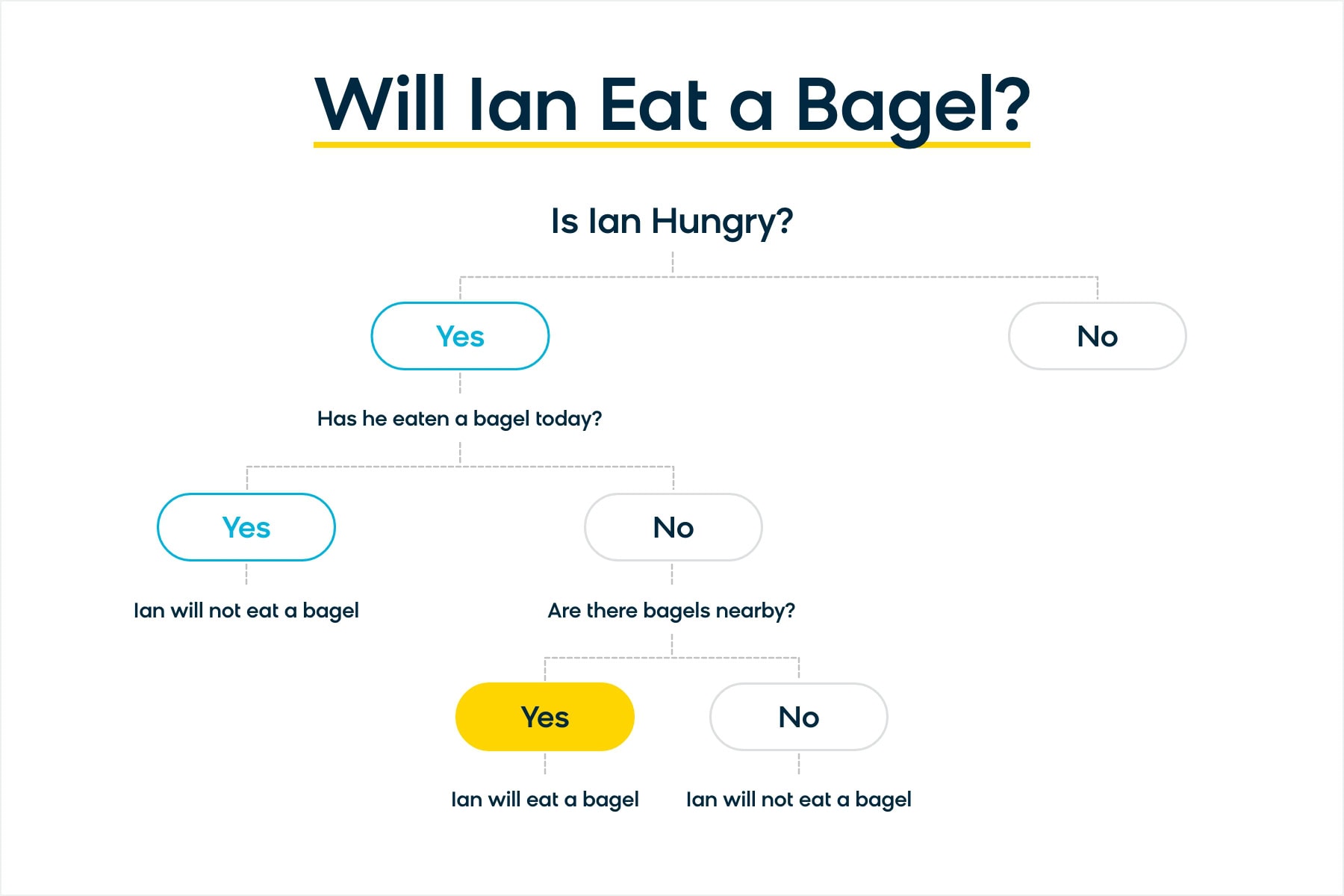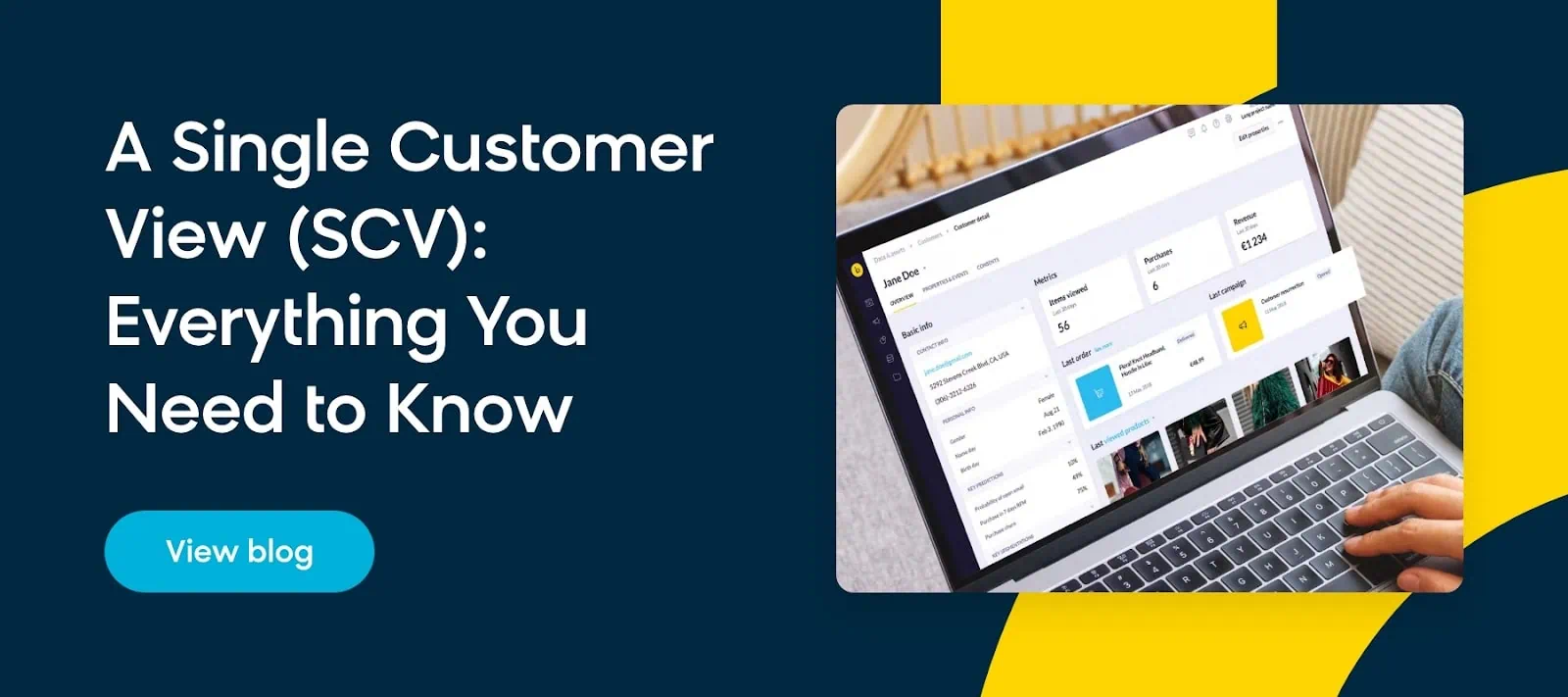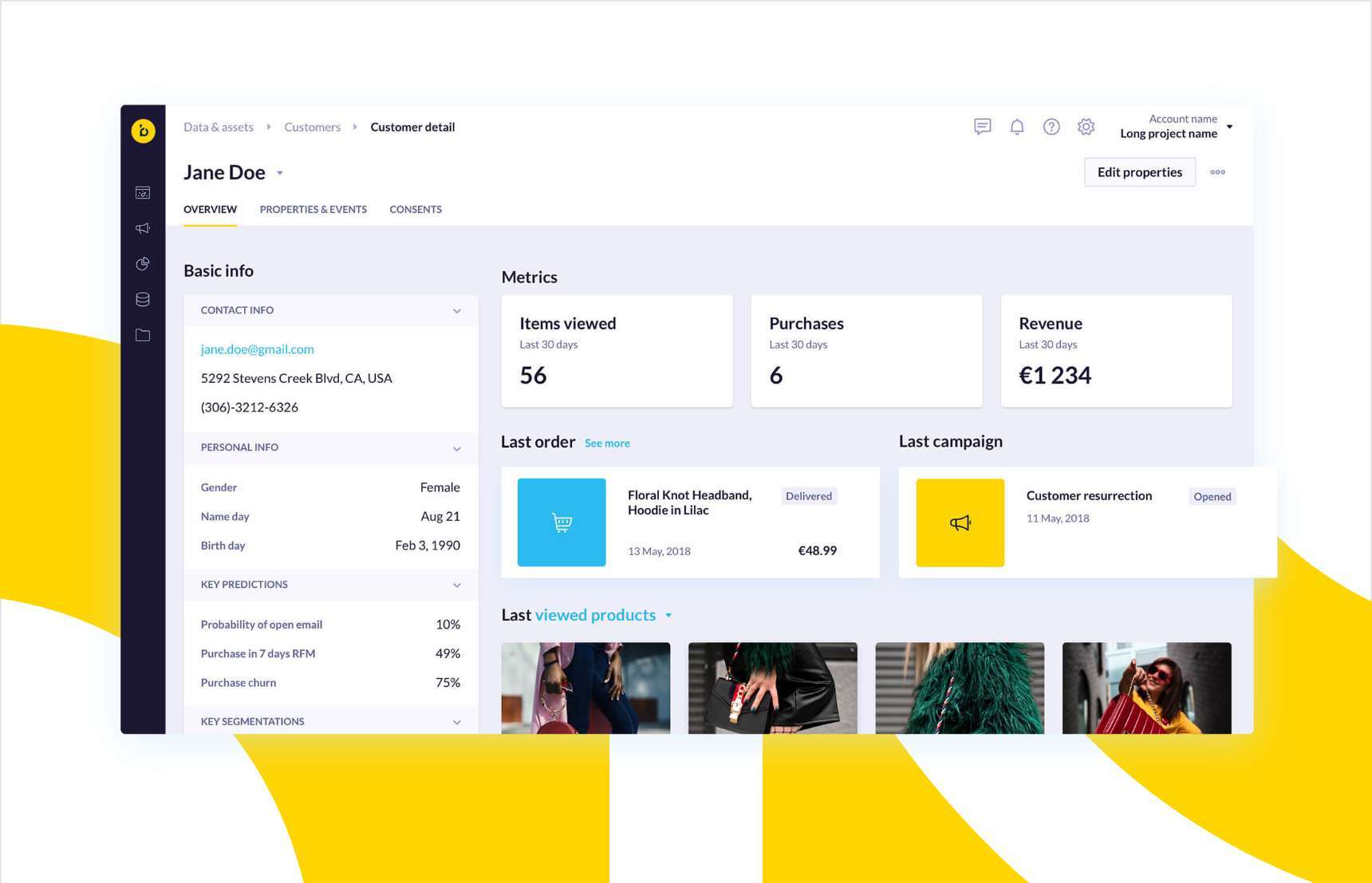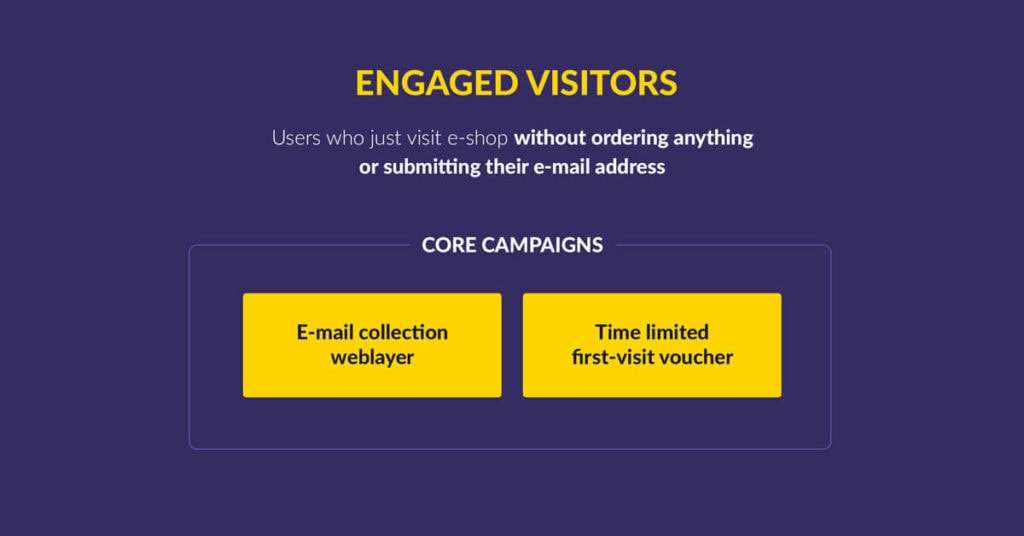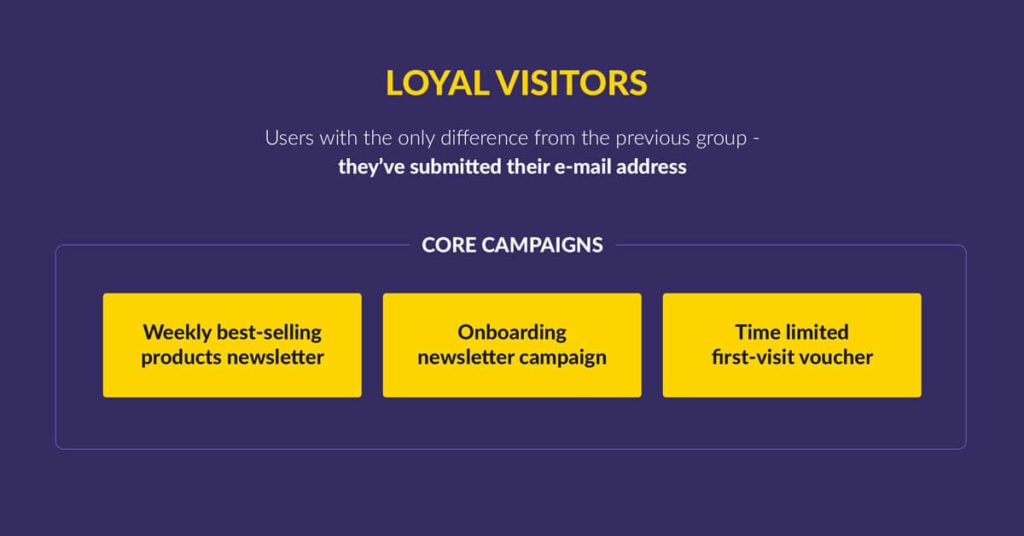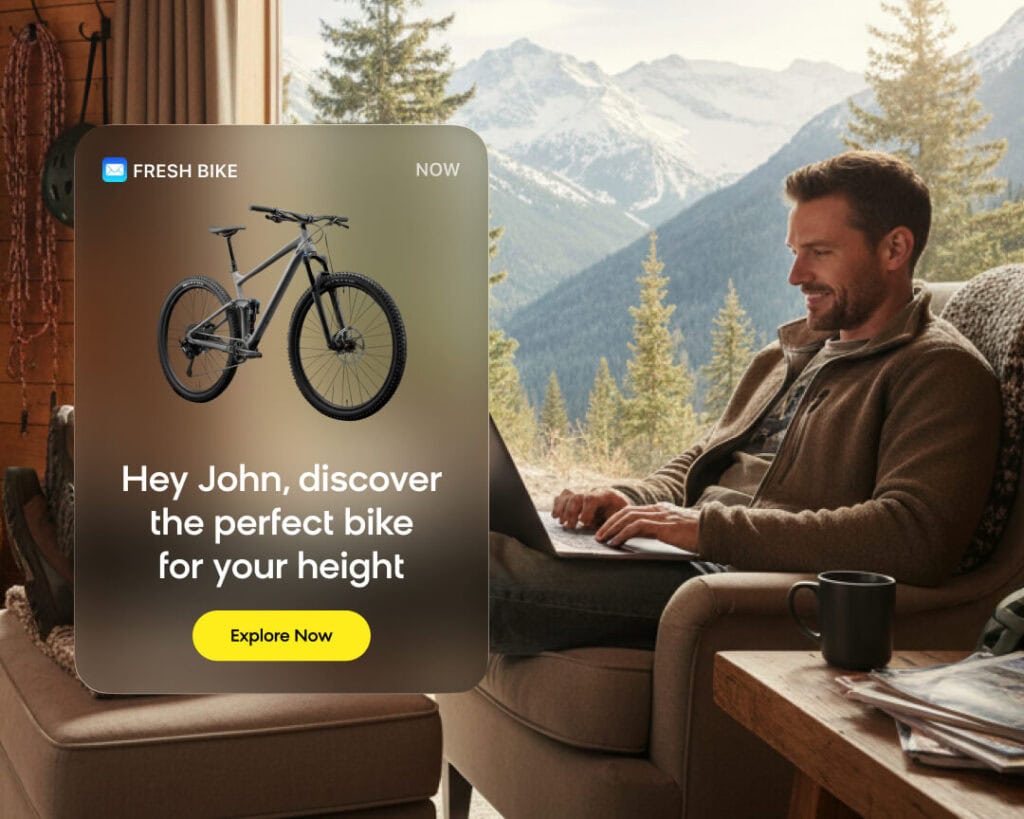Customer segmentation is a buzzword that every marketer has heard of. But while the concept of segmentation is a straightforward one, the influence and implications it can have on your marketing strategy warrant an in-depth understanding of the term.
Today’s consumers expect some level of personalization in the marketing campaigns they are served, and the only way to offer them the customer experience they deserve is through proper segmentation.
Here’s everything you need to know about segmentation, as well as some key methods of achieving next-level personalization.
What Is Customer Segmentation?
At its simplest, customer segmentation is the process of dividing your customers into different groups based on their data. For marketing, the goal is to group people with shared characteristics into segments in order to effectively market to each group.
Customer segmentation is a strategic marketing approach that involves dividing a target market into distinct groups based on specific characteristics, behaviors, or preferences. By segmenting customers to create a specific customer segment, businesses can better understand their diverse needs and tailor their marketing efforts to effectively reach each group. It also helps businesses achieve customer loyalty with their current customer base.
Taking the time to create customer segments allows companies to ultimately create more personalized and targeted messaging, products, and services. It helps to group customers to identify the most valuable customer segments, enabling businesses to allocate their resources efficiently and maximize their return on investment.
There are various ways to segment customers, including demographic factors (such as age, gender, income), geographic location, psychographic traits (such as values, interests, lifestyle), and behavioral patterns (such as purchase history, brand loyalty, online activity).
By utilizing customer segmentation, businesses can effectively engage with their existing customers, build stronger customer relationships, and deliver products and services that truly resonate with their customers’ unique needs and preferences. Remember, understanding your customers is key to building lasting connections and driving business success.
Customer Segmentation Models
There are four traditional types of marketing segmentation:
- Geographic customer segmentation – grouping customers based on a predefined geographic boundary
- Demographic customer segmentation – dividing a market through variables such as gender identity, age, or income
- Psychographic customer segmentation – focusing on the intrinsic traits a target customer has, like values, interests, or personality types
- Behavioral customer segmentation – breaking down the way customers go through their decision making and buying process, such as how much they spend or the products and services they use
With the rise of digital commerce and the value of data, we know a lot more about our customers, particularly in regards to their consumer characteristics and habits. Using this wealth of consumer information, we can achieve more specific and focused types of segmentation.
It’s important to consider your own business’ customer journey and what you are trying to accomplish with your ecommerce personalization efforts. While these four types are fundamental factors for segmentation, they are not one size fits all, and you should build your brand’s marketing strategy accordingly.
The Benefits of Customer Segmentation
Customer segmentation allows you to target the right customer with the right offer at the right time. It lets you focus on the interests of distinct groupings rather than having to address the entire audience as a whole.
This is crucial in ecommerce, where there is an abundance of customer data available, and organizing it is just as important as collecting it.
Success in ecommerce calls for a marketing strategy that speaks to each of your customers on a personal level, and the only way to reach your audience in a meaningful way is through customer segmentation.
And that’s just the big-picture concept of what segmentation can do. In practice, it has so many benefits. Customer segmentation:
- Makes personalization possible
- Provides a structure for increasing customer lifetime value
- Helps you find your most valuable customers
- Reduces churn with targeted campaigns
- Lets you create more cost-effective campaigns
Read This Next: Customer Data Management
Customer Segmentation Analysis and Types [With Examples]
Segmenting your customers requires forethought and the right technique to suit your business. There is no single, universal method — you need to assess and choose the right one for your brand.
This section will introduce three of the most popular segmentation methods, explain why they are useful, and offer actionable ways to apply them to your business.
What Is RFM Analysis?
RFM analysis, or recency, frequency, monetary analysis, uses recency, frequency, and monetary-based metrics to place customers into different stages of the customer lifecycle.
Each metric of RFM analysis can answer key questions and reveal important data points about your audience:
- Recency tells you when a customer last made a purchase on your website
- Frequency shows you how many purchases a customer made on your site in a specified timeframe
- Monetary calculates the sum total of all purchases a customer made on your website
Using this value-based customer segmentation method, you can determine which lifecycle stage your customer is currently in — whether they are a brand champion, a loyal customer, or an at-risk customer in danger of churning.
Read This Next: What Is Customer Lifecycle Marketing?
To determine which segment customers are in, they are scored for each RFM metric (generally on a scale of 1-5) based on their RFM values. Their value is the raw data you have on their behavior, which can then be used to determine their RFM score.
An Example of RFM Analysis
Let’s walk through an example of this customer segmentation model to see how it works:
- Pick a date range. Let’s analyze the last month.
- Collect your RFM values for each customer within the last month. We’ll start with customer X.
- Recency: Customer X last purchased 3 days ago
- Frequency: Customer X has made 6 purchases in the last month
- Monetary: Customer X has spent $172 in the last month
- Using the values of all your customers, create ranges for each of your segments using the 1-5 scale, with the highest scoring 5 and the lowest scoring 1.
- With 3 separate ranges for each metric, you’ll have 3 scores for each customer: your R, F, and M scores, which together make a customer’s RFM score.
Here’s what a recency scoring scale would look like for 30 days:
Here’s what frequency scoring scale would look like with a monthly high of 25 purchases:
And this is what a monetary scoring scale would look like for a monthly high of $200:
At the end of the analysis, you’ll have customers with a range of RFM scores. In this example, customer X received an RFM score of 525.
This score indicates they have made a very recent purchase (R = 5), haven’t made many purchases overall (F = 2), and have spent a great deal over the defined period of time (M = 5).
Now that you know their RFM score, you can begin to segment your customers accordingly. If they receive high frequency and monetary scores, they will fit nicely in your loyal customer and brand champion customer segments. If they have a low frequency score, they likely fall into your first-time customers category. And in the case of customer X, who has high recency and monetary scores but a low frequency score, a potential loyalist is the ideal lifecycle stage to segment and target with suitable campaigns.
Why Use RFM Analysis for Segmentation?
RFM analysis is relatively fast and simple to perform, and the findings can go a long way in segmenting your customers into relevant and valuable groups. It can lead to an increase in customer retention, a higher conversion rate, and additional revenue.
The goal of RFM analysis is not just to divide your audience into categories, but to identify areas of improvement for each of your customers and use their scores to group them into customer segments where you can nurture those weak points appropriately. This makes this customer segmentation strategy as adaptable as it is simple, with opportunities to build out in-depth insights from RFM’s initial findings.
If frequency is an issue, group them into segments that receive marketing efforts to boost engagement. For low monetary scores, encourage bundle purchases and multi-item deals. Weaker recency scores can be addressed with more timely campaigns and “act now” messaging.
RFM segments that mirror the customer lifecycle stages, such as “At Risk,” “Needs Attention,” and “About To Sleep,” can focus your marketing efforts to meet each customer group’s unique needs. And as you group and target these customers, you can prepare campaigns to directly speak with specific audiences and prevent them from churning.
How To Apply RFM Analysis
When you segment customers based on RFM analysis, it can have a sweeping effect on your marketing strategy, allowing you to:
- Develop personalized campaigns for each stage of the customer lifecycle
- Frame your message for a specific stage
- Guide customers from there to a more valuable stage
- Find your most- and least-valuable customers
- Cater to the valuable customers
- Nurture and increase the value of less-valuable customers
- Find the customers at risk of churning
- Reconnect with them by sending special discounts
- Send them personalized product recommendations
What Is Cohort Analysis?
At a basic level, cohort analysis breaks users down into smaller groups (or cohorts) that share a characteristic, allowing you to compare the data between groups over a period of time. It’s a method of spotting patterns in historical data.
This is a fast, simple analysis you can perform to see how your users were affected by your decisions during each time period. Are your retention numbers higher in one of the cohorts? Why? Maybe that was the month you ran a great marketing campaign. Maybe that was when you changed the look of the homepage.
A cohort analysis lets you isolate groups of data so you can understand what’s working and what isn’t.
An Example of Cohort Analysis
Let’s walk through an example of this customer segmentation model to see how it works:
Below is an example of a cohort analysis chart that plots weekly revenue per group. In this chart, the cohorts are defined as customers acquired in a specific week, starting in the second week of January.
Cohorts run on a vertical axis, with the oldest cohorts at the top and the newest ones at the bottom. Along the horizontal axis, you can see the time periods since the start of the cohort. This data begins at week 0 and goes through week 4.
Customers at the top of the Yaxis started purchasing during the week of January 5th, with four weeks of data available to measure on the Xaxis.
The numbers in the middle tell you the revenue spent per group. The oldest cohorts have the most time with your company, and thus have more data.
To better visualize the trends in data, most cohort charts utilize color shading. When we analyze our example data with color-coordinating cells, you will see that the darker the color, the higher the revenue.
The various shading of cells also makes it easy to see how and when value decays over time. In this example, we can see that users spend more money in their first week than any other week. You can also see irregularities within the data, like the lowest start during the week of January 19th.
Why Use Cohort Analysis in Segmentation?
A cohort analysis is a fast and simple way to test your hypotheses.
If you think a specific marketing effort is making a difference, such as your new banner ad converting customers at a higher rate, you can run a quick cohort analysis. Just create a cohort of visitors who saw the ad, and a cohort of visitors that didn’t, then compare them.
How To Apply Cohort Analysis
Cohort analysis allows you to segment customers based on a specific period of time, which helps you:
- Find out if you need to spend more on retention
- Group your cohorts by purchase date
- Look at purchase history over the timeframe of your choice
- If the revenue isn’t increasing each month, you need to work on retention and start creating repeat customers
- Determine your best acquisition channels
- Group your cohorts by how they first came to the site
- Look at purchase history over the last year or two
- See which group has the highest customer lifetime value
- Find what stage of your customer lifecycle needs the most work
- Group your cohorts by lifecycle stage
- Find the bottlenecks and identify which stage is the hardest to convert
- Focus your campaigns on that stage
Cluster Analysis
Additionally, it is important to understand the concept of cluster analysis.
Cluster analysis is a powerful technique used in customer segmentation to group together individuals or entities with similar characteristics. It involves analyzing a large dataset and identifying natural clusters, or groups, based on similarities within the data.
In the context of segmentation, cluster analysis helps marketers understand patterns and similarities among customers by grouping them according to shared traits, behaviors, or preferences. This analysis can provide valuable insights into customer segments that may not be immediately apparent and help businesses tailor their marketing strategies accordingly.
Cluster analysis takes into account various factors, such as demographic information, purchasing behavior, psychographic traits, and more. By identifying clusters, businesses can better understand the needs, motivations, and preferences of different customer groups, allowing them to create targeted marketing campaigns and deliver personalized experiences.
What Is Machine Learning?
Machine learning is a complex concept, but broadly speaking, it is an aspect of artificial intelligence that offers the capability of a machine to imitate intelligent human behavior.
Machine learning uses algorithms to identify patterns in observed data, build models that organize and analyze those patterns, and make predictions without having explicit preprogrammed rules and models.
When it comes to customer segmentation, these capabilities are game changers. Without the need for human input and updating delays, your customer segmentation analysis can happen in real time.
The ability to observe customer behavior, organize your target audience, and anticipate future actions instantaneously can make your marketing efforts more adaptive, relevant, and effective. It’s the tool that differentiates good marketing efforts from a great, modern marketing strategy.
To reap the full benefits of machine learning in customer segmentation analysis, you need to understand the two main types of machine learning tasks: supervised and unsupervised.
Supervised Machine Learning
Supervised learning is ideal for precategorized data. With supervised tasks, you already know what answer you want the machine to find. Your goal is to program the path from input to the correct output.
Once the machine is “trained,” you can assign similar inputs, and ideally the machine will be able to predict the output for that similar, but separate, situation. This is great for tasks such as classifying customers into segments, creating prediction models, and market forecasting.
Unsupervised Machine Learning
Unsupervised learning is ideal for unlabeled data. For these tasks, you don’t know what answer you want the machine to find. You input the data to discover which patterns the machine will discover so you can learn more about the structure of your data.
This is great for tasks such as target marketing, creating customer recommendations, and identifying patterns of customer behavior.
An Example of Machine Learning
To illustrate how machine learning can be used in customer segmentation, let’s focus on one of the simpler methods of supervised machine learning for enabling predictive analytics: decision trees.
A decision tree works by running through a series of yes-or-no, “if this, then that” scenarios. It’s useful for classifications based on historical precedent.
For example, consider this decision tree that predicts whether or not Ian is about to eat a bagel.
Most decision trees used to predict customer behavior are much longer and more complex than this, but the concept is the same: It’s a visual representation of a machine learning algorithm that processes data, works through consequences, and classifies segments.
The depth of the tree equates to how many questions are needed to get to the prediction. Our example tree has a max depth of three, because it takes three questions to arrive at the answer that Ian will eat a bagel.
Decision trees work quickly, are easy to interpret, and can be used for large data sets. But they are only as useful as the quantity of data available.
For machine learning to have a major impact on customer segmentation, there needs to be a wealth of information for the algorithm to use. It needs something to learn from to become a powerful tool for your marketing strategy.
Why Use Machine Learning for Segmentation?
To reap the benefits that modern marketing has to offer, machine learning is a must. It enables next-level customer segmentation, empowering businesses to personalize customer experiences and get the most from their data.
That’s because machine learning segments are dynamic: they update in real time. This makes it possible to automate your personalization tactics — which is absolutely necessary if you plan to deploy personalized efforts at scale.
Machine learning allows you to discover patterns within your data that you never would have found before, and uses them to predict how your customers will act and spend in the future. And it’s all possible without tedious, labor-intensive data analysis from your team.
How To Apply Machine Learning
Machine learning makes customer segmentation instantaneous, adaptable, and effective, allowing you to:
- Create recommendation engines
- Recommend products based on a customer’s activity
- Suggest products that similar customers liked
- Adding this layer of personalization is a great way to increase customer lifetime value (CLV).
- Enable dynamic pricing
- Products can automatically display different prices based on the user viewing it
- Experiment with different prices for different lifecycle stages
- Optimize your inventory
- Enable predictions for when you’ll run out of stock to find the optimal time to order
Using a Single Customer View for Marketing Segmentation
The running theme in all of the customer segmentation methods and models we’ve outlined so far is the need for collected, organized, and connected customer data. To offer the right experience for whichever stage of the customer lifecycle your audience is in, you need to gather, sort, and track their interactions with your brand so that your customer segments are always up to date and relevant.
That’s why having a single customer view (SCV) is such an important component of the segmentation process.
A single customer view is a database with customer profiles for every individual person who interacts with your business. It centralizes all your data with each customer’s purchase history, site activity, product recommendations, and more.
Read This Next: Single Customer View Overview
And working with real-time data is just as important. Unless your SCV is fueled by up-to-the-moment information, your marketing is inevitably falling behind and not living up to the modern customer’s expectations.
As soon as a customer interacts with your company, you need to qualify them and take action at that exact moment. Your segmentation needs to be instantaneous, integrated with your campaigns, and flexible enough to adapt as soon as your customer’s behavior changes.
That’s why you need Bloomreach Engagement — the all-in-one solution for marketers that offers a unified view of real-time customer data, campaign automation, machine learning to personalize and scale campaigns, and advanced analytics to measure success.
With Bloomreach Engagement’s true single customer view to track your customer data, all your segmentation analysis and models can come together in one streamlined process.
You can use RFM analysis to segment your audience while also utilizing advanced predictive capabilities. With customer data profiles updating in real time, you can even craft automated strategies to span the entire customer lifecycle from visitor to champion. You can also use predictive analytics to enhance your campaigns.
Real-time Customer Segmentation With Bloomreach Engagement
Wondering how this all looks in action? Here’s an example:
Let’s say you want to improve your ROI by preventing customers who already have a high chance of purchasing from seeing discount offers.
To do this, we simply create a use case in Engagement, define a range for the excluded customers (chance of purchase = > 80%), and let the real-time updates take care of the rest.
With this use case in place, you can automate specific campaigns for each segment. First, we’ll look at the lowest-tier segment. For this example, that’s our engaged visitors.
Your goal for this segment is to convert engaged visitors to the next tier up: loyal visitors. The only difference in these segments is that loyal visitors have provided an email address. Knowing this, you can create campaigns with a focus on getting that email address, such as an email collection weblayer or a limited-time voucher offered for a first purchase.
This is where the real-time magic happens. When an engaged visitor provides their email, the system updates their profile instantly and automatically upgrades them to the next tier, reclassifying them as a loyal visitor.
Now they receive the loyal visitor campaigns, which focus on converting them to the next tier up with onboarding newsletters, best-selling product campaigns, and so on.
You can see where this is going. With a true SCV and proper segmentation, you can make great strides in increasing your revenue. You have an entire system built to create more valuable customers from the bottom up.
This same system spans the entire customer lifecycle. It can even understand when a customer is about to churn and will begin sending them the campaigns created to retain them.
You never have to manually update your segments as users move between them – Bloomreach Engagement can do it for you.
Key Takeaways for Customer Segmentation
- Customer segmentation is the process of dividing your customers into different groups based on their data.
- Segmentation is a crucial part of creating a modern ecommerce company.
- RFM analysis is a way to segment your customers based on their stage in the customer lifecycle, and find their customer lifetime value.
- Cohort analysis is a method of spotting patterns in historical data, offering a quick way to isolate groups of data to find out what’s working and what isn’t.
- Segmentation through machine learning adds more sophisticated predictive capabilities to your site with real-time data updates, allowing for automated and more in-depth personalization.
- Bloomreach Engagement uses the real-time data capabilities of our single customer view to add insight to the predefined segments of an RFM analysis, enabling predictive capabilities. With these insights, Bloomreach can automate campaigns to move users through the customer lifecycle from visitor to champion.
Ready to see what Bloomreach Engagement can do for your market segmentation and marketing efforts? Learn more about what you can do with the product.



